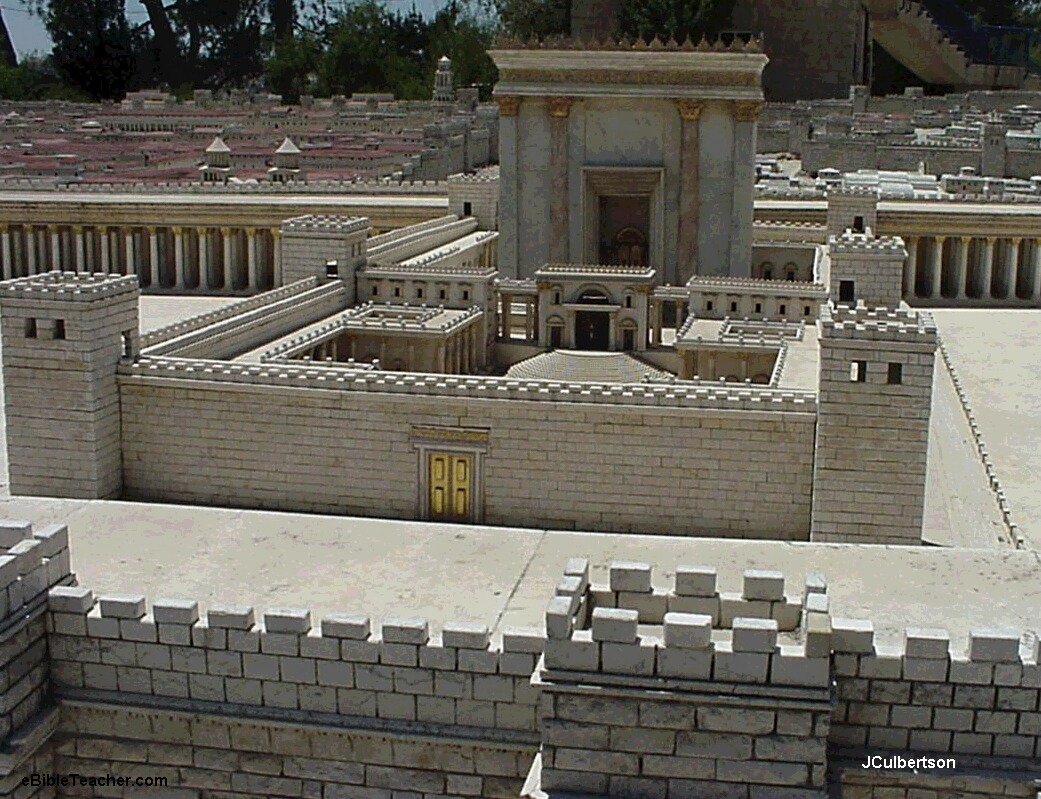Last night, at a youth-group gathering, we built forts. Blanket forts, more specifically. We were invited back into our early childhoods to construct protections against the oncoming disaster ("The floor is lava!"). First a few small forts, then everyone grouped together to build a mega-fort for everyone to enter. We shared our fears, and about the people or things we knew could alleviate those fears when we were kids. I was scared of all sorts of things, but I knew my mom could make anything better. And we ultimately agreed that, despite all the hard work, blankets, clothes pins, and duct tape, our fort wasn't exactly sturdy. We were proud of it, but none would call it flawless.
 We moved into a discussion of why we build forts. We create these places to be safe-havens, protection from the outside world. But what's the difference between a fort and a temple? A fort is defensive: there is a position, and you must protect it. It's strategic, meant for battle, and expects an onslaught. A temple, on the other hand, is a place of worship. No matter the religion, it is a gathering place for people. For some groups, it is an encounter with the divine; for others, it is a place to face yourself.
We moved into a discussion of why we build forts. We create these places to be safe-havens, protection from the outside world. But what's the difference between a fort and a temple? A fort is defensive: there is a position, and you must protect it. It's strategic, meant for battle, and expects an onslaught. A temple, on the other hand, is a place of worship. No matter the religion, it is a gathering place for people. For some groups, it is an encounter with the divine; for others, it is a place to face yourself.
The text the youth minister used was Ephesians 2, where the author discusses Christ as the chief cornerstone of God's household. On the foundation of the apostles and prophets, the temple of God is built. It is of neither stone nor wood, but of people.
For those who are unfamiliar with the concept of a meta-narrative, here's a primer. A meta-narrative is the idea that all the stories of all the people who have ever existed are connected. My story does not stand on its own, but only makes sense in light of all the stories leading up to mine and the connections my story has with every other story currently happening. It has been said that the Bible is a meta-narrative about God: every story, prophecy, proverb, and revelation only makes sense insofar as they are about God.
The Ephesians text is a good example of this. We are being built together into the temple of God. We're a bit like individual bricks, but every brick has a story. Every piece which God has placed in the floor, the wall, the ceiling is its own story. But each brick on its own is nothing particularly special. Only in the whole do they find their importance.
The temple is not yet complete. With every story, a new piece of the structure is revealed; a new beam is set in place, and the House of the Lord is coming into view. We're not a blanket fort, which is awesome but ultimately without worth or purpose; we're not a military fort, set on the defensive alone. We are a temple: a place of worship, a dwelling for God, millions of stories all pointing to the glory of the builder. May our stories, our bricks ever reflect our fashioning.


What a crazy youth minister!
ReplyDeleteSeriously, I love the idea that the temple is not complete. In an increasingly egocentric society, we tend to think that we are the final piece in the puzzle. In reality, we are just a part, a very important part, of what God has been doing and continues to do in this world. That is why I believe it is so important to help students see the bigger picture of God's mission. We all want to be part of something epic, something that endures. As we join with God, we become participants in an eternal endeavor that is beyond epic proportions.
Good thoughts! I am honored to partner with you in this.